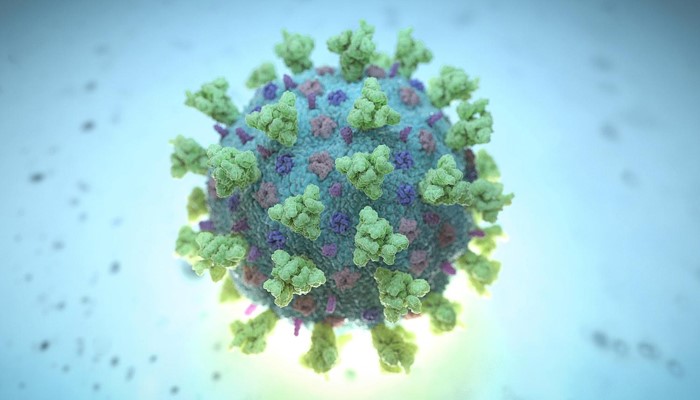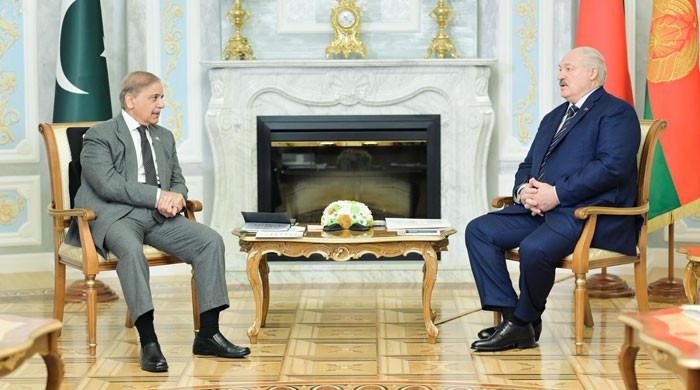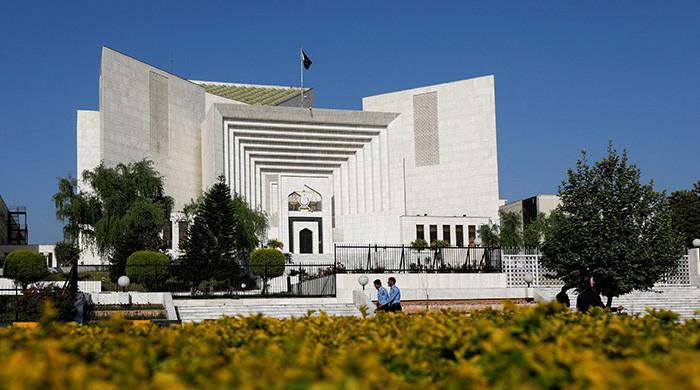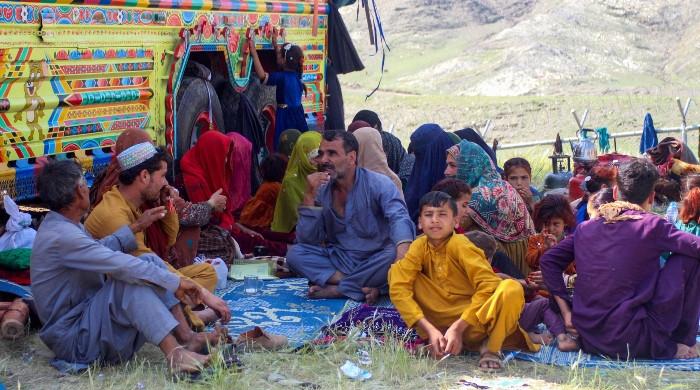'Something wrong or really good': Coronavirus strain prevalent in Pakistan puzzles health experts
It may be possible that we have a less deadly strain of the virus as compared to the US and Europe, says a medical expert
June 01, 2020

A fewer number of coronavirus cases in Pakistan and a comparatively low mortality rate has left top medical experts in the country wondering what seems to be working for the local population in the country.
Despite reporting its first case of COVID-19 on February 26 and first death from the virus in the second week of March this year, Pakistan has so far reported 1,483 deaths and around 67,000 cases of COVID-19 from the entire country of 220 million. On top of that, authorities implemented a highly-ineffective lockdown in the initial days which has largely been eased over the last two weeks.
“I don’t agree with the hypothesis that we have stronger immunity as compared to the rest of the world due to frequent vaccinations and having some special immunity,” said Prof Saeed Akhtar, an eminent transplant surgeon and a public health expert while talking to The News.
“People of Pakistani origin, who born and raised here, have higher mortality in the United States and the United Kingdom as compared to white people. There is a possibility that we have a different or less virulent strain of the virus. It may be possible that we have a less deadly strain of the virus as compared to the US and Europe.”
Professor Akhtar, who is also a trained and qualified epidemiologist with a degree in public health from the Yale University, USA, said there was a need to research the structure and virulence of the coronavirus and environmental factors that contribute to the spread or limit the infection. He, however, deplored that the method of data collection of COVID-19 cases and reporting of deaths in Pakistan was “not scientific at all”.
“I don’t agree that we only have 67,000 cases in our population. This is not possible at all. I challenge them, if they conduct 100,000 tests a day, there would be 10,000 to 15,000 positive cases from our population. There is an immediate need to enhance our testing capabilities and improve data collection to take appropriate measures,” said Akhtar, warning that exponential growth in a number of cases and deaths was expected in the country from the mid of June.
“What we have done with our people during Eid days is devastating after we lifted all restrictions and allowed people to mingle for three to four days. Its outcome is expected within the next two to four weeks in Pakistan. I fear an exponential growth in deaths due to COVID-19 by the mid or end of June,” Prof Akhtar warned but added that authorities should improve their system of data collection and start research on the nature and behaviour of the coronavirus in Pakistan.
Another renowned health expert, Dr Saqib Ansari, said why the number of deaths was less in Pakistan as compared to the rest of the world was a million-dollar question.
He called for initiating research to ascertain whether “the virus has lost its aggressiveness in Pakistan” and why it appeared to be lesser infectious and lethal for Pakistani people.
“What current data suggests is that instead of multiplying, an add-on effect of coronavirus is being observed in our society. Secondly, it appears that its secondary and tertiary infections are comparatively less lethal as compared to other parts of the world, especially in the US and the UK,” Dr Ansari said but added that “it does not mean that people should abandon all the precautionary measures as it is still resulting in 70 to 80 deaths in the country daily”.
He said as far as the immune system of the Pakistani population was concerned, they remained exposed to a large number of pathogens throughout the year and their immune system remains active most of the time as it has to fight infections daily.
“When children of Pakistanis living abroad visit Pakistan, they get sick by eating food and drinking water here but our children and people remain healthy. This is because we are exposed to pathogens a lot more as compared to people in the Western world,” he added.
“We have seen instances where people infected with coronavirus met with dozens of other people but when they were tested, they were negative. This is not the case in countries where we have acquired the virus. Coronavirus is a lot more aggressive and lethal in countries from where we have acquired it. There is something wrong or really good in the strain of coronavirus we have in our country, which needs to be looked into,” Dr Ansari added.
“There is some qualitative or quantitative change in the transmission of coronavirus in Pakistan. It appears that when this virus is transmitted from the primary source to other persons, the viral load remains less or it does not multiply as rapidly as in people of other countries or races in the world. Secondly, there may be some mutation in the strain of coronavirus in our country but all these possibilities need to be thoroughly looked into and researched in the labs,” Dr Ansari said and urged authorities to invest in virologists, public health experts and scientists instead of wasting money on buildings and purchasing equipment.
Another health specialist, Prof Muhammad Tariq Mehr, the in-charge of the COVID-19 treatment ward at the Hayatabad Medical Complex Peshawar and expert of anti-viral medicines, also believes that there is a possibility that the strain of coronavirus prevalent in Pakistan might be different from the rest of the world, while Pakistani population’s immunity might be different from the West seeing the diverse genetic makeup.
“There may be some environmental factors in our region due to which the virus appears to be less virulent here but it could also be because our reporting ability and testing capabilities are a lot different than the rest of the world,” Prof Mehr said, adding that it could also be a “wild guess as we still have not got any concrete knowledge about the illness”.
“The only thing that we know about COVID-19 this far is that we don’t know much about the disease and the virus,” Prof. Mehr said.
‘No change in virus'
But a leading virologist and molecular scientist, Prof Saeed Khan, from the Dow University of Health Sciences (DUHS), believes that there is no change in the coronavirus as it is 99% the same virus which originated from Wuhan, China. He said the gene of this virus had around 30,000 nucleotides and only 11 of them had been found different than the original virus that originated from China.
“Viruses do not change their virulence in a few years and it takes decades for a virus to become less or more virulent. COVID-19 transmission and mortality due to this virus are indeed less but it depends on the environmental and genetic factors also. There is a need to conduct thorough studies on it,” Prof Khan said but added that at the moment, all the leading researches in the country were busy in firefighting and testing instead of research.
“Scientists at all the labs, including ours at the DUHS and those at the Karachi University and in Lahore and Islamabad, are busy testing COVID-19 instead of doing any research. There is a need to conduct research which would benefit us more than utilising scientists for testing samples 24 hours a day,” Prof Khan added.
Originally published in The News











